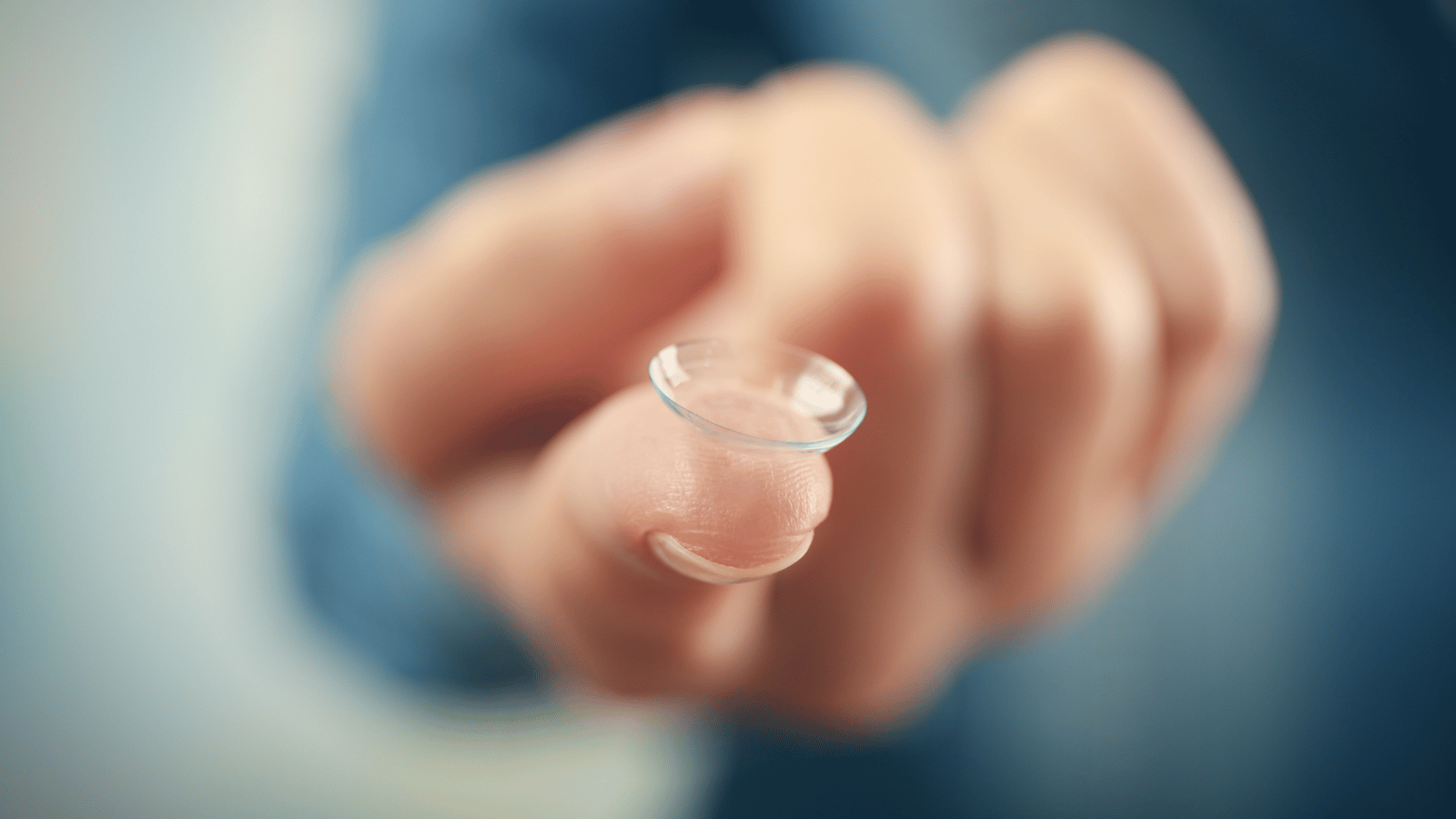
Contact Lens Fitting: A Guide to Ensuring Perfect Vision
Contact lenses are the best option aesthetically and functionally for many needing eyewear. However, fitting contact lenses involves more than matching your prescription to the right product. When done properly, contact lens fitting ensures that your contacts improve your vision and protect your optic health.
Those interested in getting contact lenses should be familiar with what a contact lens fitting is and how it serves their overall eye health. For comfortable lenses that match your lifestyle, contact the Eye Institute of Austin today. Call us at 512-454-8744 or fill out our contact form to schedule your fitting. However, before you schedule an appointment, here is what you should expect while getting new lenses.
What Is a Contact Lens Fitting?
A contact lens fitting is a specialized process that ensures your lenses provide optimal vision correction while being comfortable and safe for your eyes. There are various brands and types of lenses, each available in different sizes and functions. Your ophthalmologist or eye doctor must conduct a comprehensive eye exam and provide trial lenses to determine which ones are best for your needs before providing a prescription.
Why Do I Need Proper Contact Lens Fitting?
Contact lenses work similarly to glasses, reshaping how light enters the eye and correcting refractive errors that can cause nearsightedness, farsightedness, or astigmatism.
However, they sit directly on the surface of the eye. To ensure comfort and clear vision, the lenses must fit around your eye’s natural shape, which can vary between patients. Additionally, your lenses have to allow oxygen to reach the cornea. Ill-fitting contact lenses can cause pain or discomfort and blurred vision. Over time, it can lead to corneal abrasions and infections.
A comprehensive fitting also ensures you get the right lenses for your needs. For instance, people in some careers prefer contact lenses over glasses to avoid glasses slipping or fogging, while others have client-facing roles that require an unobstructed view of their faces. Certain lifestyles, such as those who regularly participate in outdoor adventures or fitness activities, do not have to worry about glasses slipping or breaking.
What To Expect During a Contact Lens Fitting
After you’ve scheduled your appointment with an ophthalmologist, here’s the process you can expect to get the right contact lenses.
1. Pre-Fitting Consultation
During a comprehensive eye exam, your ophthalmologist will measure several aspects of your eye health. These baseline measurements are essential in determining whether you’re a good candidate for contact lenses and what type of lenses will best suit your vision needs.
2. Corneal Measurements
Your eye doctor will next conduct a corneal evaluation and precisely measure them. This step is essential because an improperly sized lens can cause discomfort and reduce vision quality.
3. Pupil and Iris Measurements
The size of your pupil and iris can influence the type of contact lens you may need, particularly for specialty lenses like multifocal or color lenses. Measuring these features ensures that the lens covers the right areas of your eye, providing optimal performance and aesthetics.
4. Tear Film Evaluation
Healthy tear production is crucial for comfortable contact lens wear. The tear film keeps the lens lubricated and your eyes hydrated. During a contact lens fitting, your eye doctor will assess the quantity and quality of your tears.
5. Trial Lenses
After gathering the necessary data, your eye care provider will provide trial lenses for you to wear. These lenses will be based on your prescription and corneal measurements. Once inserted, your eye doctor will evaluate different factors to determine the best type of lenses.
6. Final Prescription
Once the trial period is over, your eye doctor will finalize your contact lens prescription. This prescription includes not only the strength of the lenses (similar to a glasses prescription) but also the size, curvature, and material.
Types of Contact Lenses
Depending on your eye doctor’s recommendation, you could be prescribed one of these lenses to improve your vision:
- Soft Contact Lenses: The most commonly prescribed type due to their flexibility and comfort. Made from water-containing hydrogels or silicone hydrogels, soft lenses are breathable, allowing oxygen to pass through to the cornea, and help retain moisture.
- Rigid Gas Permeable (RGP) Lenses: RGP lenses are less flexible but more durable and provide sharper vision, especially for individuals with high prescriptions or certain corneal conditions. Their special plastic material allows oxygen to flow better to the cornea.
- Toric Lenses: Designed specifically for people with astigmatism, toric lenses are spherical lenses with a unique shape that helps correct the irregular curvature of the cornea. They come in soft and rigid varieties, offering flexibility in comfort and vision quality.
- Multifocal and Bifocal Lenses: These lenses are for individuals requiring both near and far vision correction (commonly due to presbyopia). They have different zones for viewing objects at various distances, allowing for seamless transitions between near, intermediate, and far vision.
Clear Vision Ahead at the Eye Institute of Austin
Proper contact lens fitting is crucial in achieving the perfect balance between vision correction and comfort. Seeking the services of an experienced eye care provider can help you find the lenses that suit your vision needs, eye health, and lifestyle.
Experience clear, comfortable vision with the perfect contact lenses. At the Eye Institute of Austin, our ophthalmologists can provide eye care services to maintain your vision and overall eye health.
Schedule a professional contact lens fitting today with the Eye Institute of Austin to ensure you get the lenses that best suit your eyes and lifestyle.